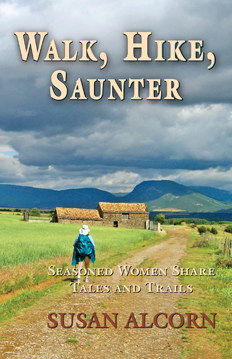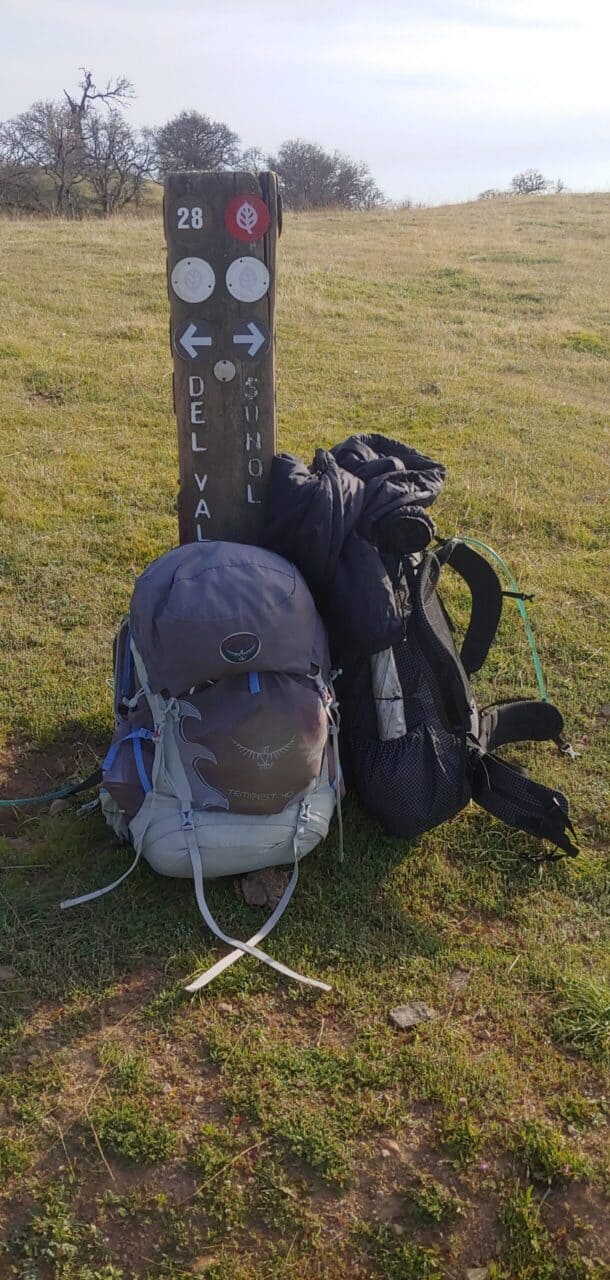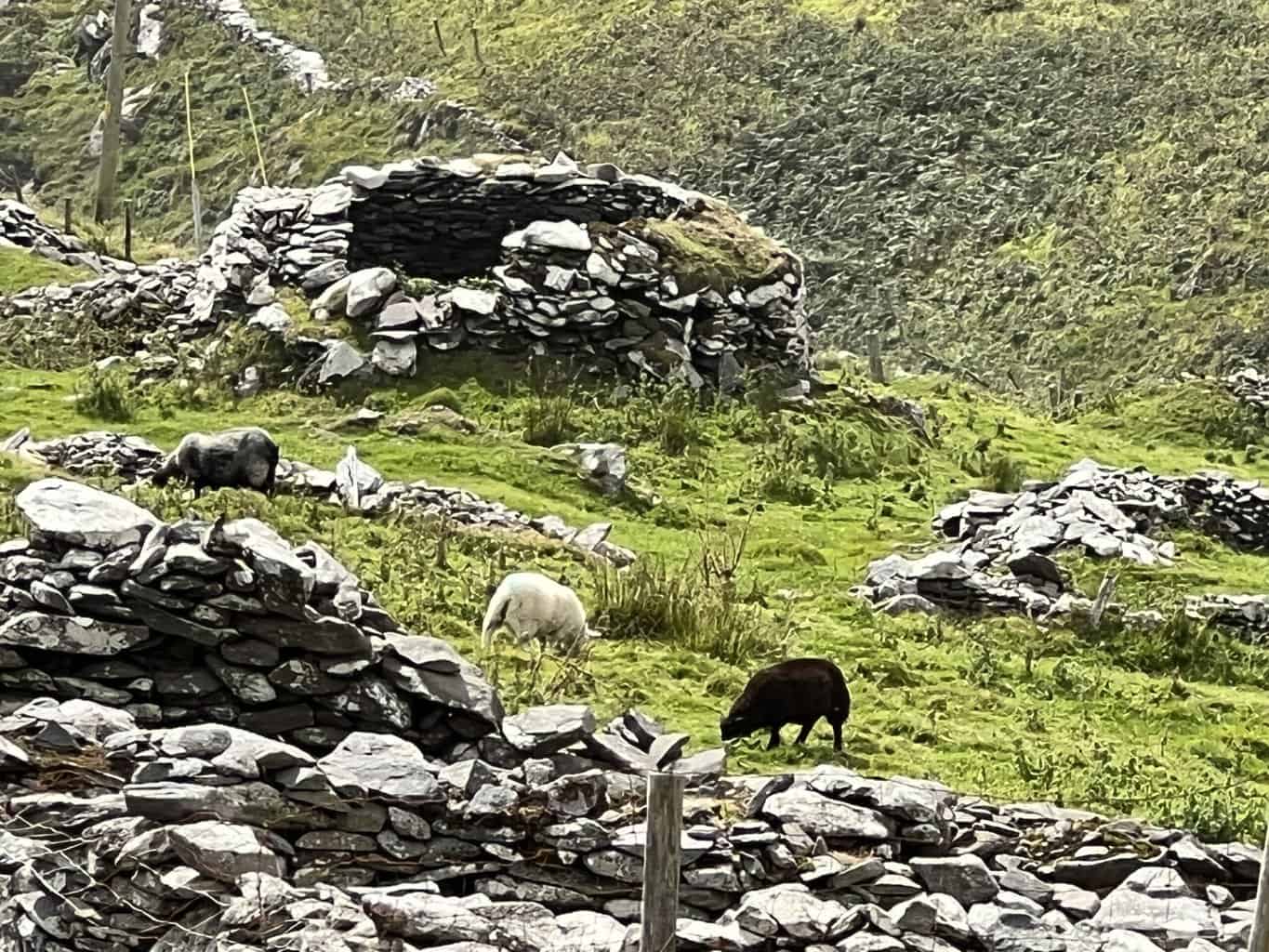
Susan Alcorn’s Backpacking & Hiking Tales & Tips, #276, October 2022
“Certainly, travel is more than the seeing of sights; it is a change that goes on, deep and permanent, in the ideas of living.” Miriam Beard. (Thank you Joyce Bender for sharing this.)
Contents:
1. Hiking the Dingle Way in Ireland
2. Philanthropy and Yvon Chouinard
3. Camino interest: “Flying from Western North America flight home from Porto, Portugal are Cheapest.
4. How to Forage For and Prepare Bay Nuts
5. “Stringbean” Joe McConaughy Sets New John Muir Trail FKT (Fastest Known Time)
6. Book review of Walk, Hike, Saunter
7. Green Friday: Author Susan Alcorn on “Seasoned Women Hikers” Recording
8. Bay Area Ridge Trail hike in honor of Latine/Latinx Heritage Month!
9. SF Bay Area Regional: Don Edwards San Francisco Bay National Wildlife 10. Refuge celebrates 50th Anniversary
11. Regional: Walking every street in Alameda, CA
Articles:
#1. Hiking the Dingle Way in Ireland.
Ralph and I returned recently from three weeks in Ireland, of which two weeks were about hiking. We had signed up for a 9-day walk, using the services of Hillwalk Tours. This is the first time we have utilized the services to plan our specific route, provide maps and information about the trail, sites, and towns along the way, and to shuttle our excess luggage ahead to the accommodations they had arranged. They did an excellent job and we definitely would use them again.
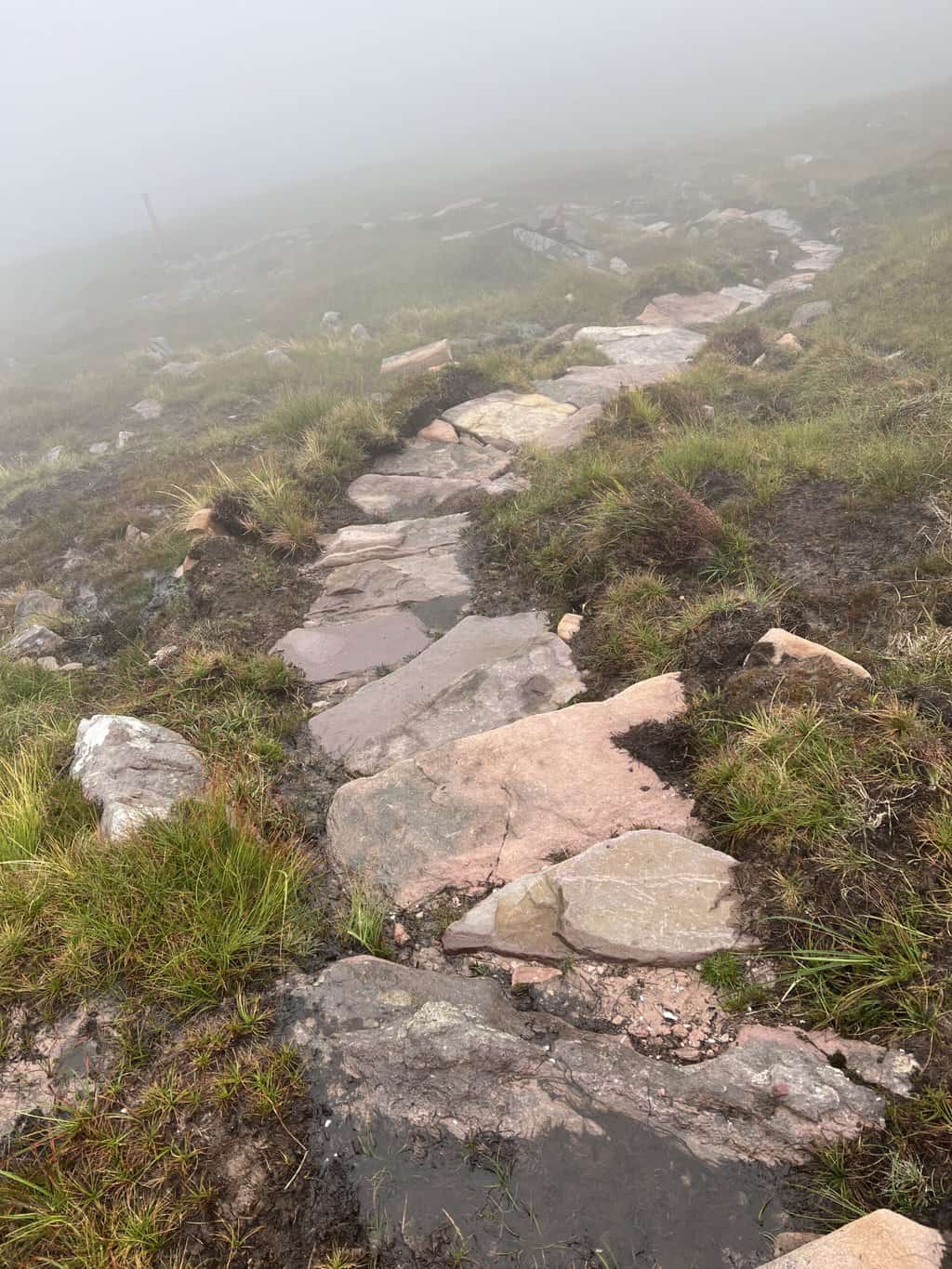
We hiked alone (vs. with a group) approximately 10 miles a day on moderate terrain for seven days. The Dingle Way, which is on the Dingle Peninsula in SW Ireland, is about 179km (112 miles) long, which means we completed about 63% of it—enough to learn that the hiking in Ireland can be incredibly wonderful. The accommodations arranged by Hilwalk were first rate as was the food provided at the hotels or B&Bs in the morning and at the local pubs in the evenings.
Some days we walked along the coast on magnificent beaches, other times alongside ancient stone huts and other ruins, and one day over a mountain pass. And, sometimes we were walking alongside secondary roads, but drivers were universally courteous and careful about moving over to give us wide berth and waving to us. We found the Irish to be extremely friendly and helpful.
After the planned hike, we took trains and busses to a couple of other areas where we could hike. We spent time in Killarney and the Killarney National Park on the Kerry Way, and in the village of Kenmare on bits of the Kerry Way and the Beara Trail. When we were in Dublin, we took an afternoon bus ride out to the Glendalough National Park in the Wicklow Mountains and did a short hike there. We were amazed to learn that there is such an abundance of trails and parks in Ireland—and we know that we hardly touched the possibilities.
#2. Billionaire No More: Patagonia Founder Gives Away the Company.
“A half century after founding the outdoor apparel maker Patagonia, Yvon Chouinard, the eccentric rock climber who became a reluctant billionaire with his unconventional spin on capitalism, has given the company away.” Chouinard was a pioneering rock climber in California’s Yosemite Valley in the 1960s. He lived out of his car and ate damaged cans of cat food that he bought for five cents apiece.”
“Mr. Chouinard, 83, his wife and two adult children have transferred their ownership of Patagonia, valued at about $3 billion, to a specially designed trust and a nonprofit organization. They were created to preserve the company’s independence and ensure that all of its profits — some $100 million a year — are used to combat climate change and protect undeveloped land around the globe.”
“Patagonia will continue to operate as a private, for-profit corporation… but the Chouinards, who controlled Patagonia until last month, no longer own the company.”
In August, the family irrevocably transferred all the company’s voting stock, equivalent to 2 percent of the overall shares, into a newly established entity known as the Patagonia Purpose Trust. “Because the Chouinards donated their shares to a trust, the family will pay about $17.5 million in taxes on the gift. Then they donated the other 98 percent of Patagonia, its common shares, to a newly established nonprofit organization called the Holdfast Collective, which will now be the recipient of all the company’s profits and use the funds to combat climate change.” “Because the Holdfast Collective is a 501(c)(4), which allows it to make unlimited political contributions, the family received no tax benefit for its donation.”
“I didn’t know what to do with the company because I didn’t ever want a company,” he said from his home in Jackson, Wyo. “I didn’t want to be a businessman.” “I feel a big relief that I’ve put my life in order,” Mr. Chouinard said. “For us, this was the ideal solution.” nytimes.com/2022/09/14/climate/patagonia-climate-philanthropy-chouinard.html David Gelles. (Sept. 14, 2022, Updated Sept. 21, 2022).
#3. Flights for Camino-bound.
“Just Jack,” a contributor to the Camino Facebook page, wrote, “I’ve been … checking out flight options from Vancouver that will get me to/from the CF next spring. I’ve checked out cities all over Europe. Many people advised that the simplest and cheapest way to SJPDP (Saint Jean Pied de Port, FR) was Vancouver –> Paris –> SJPdP. And after checking many many different routes I fully agree.
“I assumed that flying home from Madrid would be the cheapest and simplest, and that’s what I was planning to do. However someone on this site suggested I check the flights from Porto to Vancouver, and that was a great tip. It’s closer to Santiago, and much cheaper to fly from than Madrid. That tip will save me several hundred dollars, not to mention allow me to see what looks to be an incredibly picturesque city, in a country I didn’t intend to visit, so a heartfelt thanks to that person!” caminodesantiago.me/community/threads/flying-from-western-north-america-flights-home-from-porto-are-cheapest.77128/.
#4. How to Forage For and Prepare Bay Nuts.
“The Bay laurel is one of our iconic trees, writer and herbalist The California native grows widely, and provides important benefits to wildlife. But humans love it too. Here are some tips for foraging for and preparing roasted bay nuts this fall or winter.
The article, baynature.org/article/how-to-forage-and-prepare-bay-nuts/, gives the details of how to gather; shuck, wash and dry; roast; shell and eat. (Important note: foraging isn’t legal everywhere. Please check before you gather!). Original article: Ali Budner, Bay Nature, October 12, 2016
#5. “Stringbean” Joe McConaughy Sets New John Muir Trail FKT.
“On Thursday, August 8, 2022, Joe ‘Stringbean’ McConaughy set a new north-to-south Fastest Known Time (FKT) on the Nüümü Poyo, known to many as the John Muir Trail (JMT). The John Muir Trail is 223-miles from Yosemite National Park to Mt. Whitney. McConaughy lowered the FKT from three days, three hours and 55 min to three days, one hour and 34 seconds.
“Stringbean tackled the route from north to south, although FKTs have traditionally been done in the opposite direction to minimize elevation gain (north-to-south boasts 4,000 additional feet of climbing). McConaughy’s effort also bested the previous overall unsupported FKT, which was done south-to-north. The north-to-south route places Mt. Whitney, a 14,505-foot peak that’s the tallest in the lower 48 near the end of the route, a major challenge on an already tough route.” trailrunnermag.com/people/stringbean-joe-mcconaughy-sets-new-john-muir-trail-fkt/.
#6. Book Review from Sue Williams of fiftysense.com.
“If sometimes you get discouraged by getting older, this is definitely the book to read! Susan has compiled stories about 32 women over the age of 45 who are still out there exploring the great outdoors. At 74, I happen to be one of the women interviewed and cannot be more thrilled to be included with these amazing women. Although I have slowed down, choosing shorter, less challenging backpacking trips, I’m still having a great time!
“Each story, like each woman is unique in not only what they have accomplished but also the challenges they have had to overcome not only in getting older…”
fiftysense.com/resources/resources-books/walkhikesaunter.shtml.
#7. Green Friday: Author Susan Alcorn on “Seasoned Women Hikers.”
Sierra Club San Francisco Bay Chapter. The August 12, 2022 Sierra Club Green Friday program featured author of Walk, Hike, Saunter, Susan Alcorn, who talked about her experience backpacking and interviewing women hikers for her book. youtube.com/channel/UCEpBcwQR-A6H-plbD8FUrlQ
S.F. Bay Area Regional
#8. Latinx Heritage Month – Group Hike.
Saturday, October 15, 9:00 AM – 12:00 PM. “Join the Ridge Trail and hike leader Heather Diaz for an East Bay group day hike in honor of Latine/Latinx Heritage Month! We can celebrate our heritage, learn about each other’s heritage and culture, and celebrate the independence days from Spain (September 1810), which includes The Act of Independence of Central America. Countries that celebrate their independence: Costa Rica, El Salvador, Guatemala, Honduras, Nicaragua, Mexico, and Chile. There will be an optional, post-hike activity for folks who want to hang out a little longer and build community.
“We’ll meet close to the parking lot of Reinhardt Redwood Regional Park in Oakland. Exact trailhead location sent in at registration. We’ll then start a loop hike through the beautiful redwoods. There will be an optional, post-hike activity for folks who want to hang out a little longer and build community. Distance: 3 – 4 Miles, Difficulty: Moderate, Time: 2 – 3 hours.
The leader, Heather Diaz, is a first-generation hiker from the suburbs of Houston who now lives in Morgan Hill. She has hiked over 2500 miles on the Pacific Crest Trail, and is now hiking the Ridge Trail for the 2022 Ridge Trail Challenge. Her goal is to help women feel included, prepared, and empowered in the outdoors by hosting group hikes and camping trips. Learn more at LetsGoOutsideYall.com and also follow Heather on Instagram.” Email: Events@ridgetrail.org with any questions.
#9. “Celebrating 50 Years of Conservation: Past, Present, Future.”
“On Saturday, October 8, 2022, 10 a.m. – 3 p.m., the Don Edwards San Francisco Bay National Wildlife Refuge will host a celebration to commemorate the 50th Anniversary of its authorization by Congress in 1972. The celebration will include a land acknowledgment from the Costanoan Rumsen Carmel Tribe, a variety of speakers and activities hosted by refuge staff and its partners, including guided and self-guided hikes, games, arts and crafts, and information booths.”
Program: 10 – 11:00 a.m.: Opening ceremony and remarks. 11:00 a.m. – 3 p.m.: Activities and booths (includes a family nature walk, puppet show, guided geology walk, Junior Ranger activities, face painting and more!). Don Edwards National Wildlife Refuge, 1 Marshlands Rd. Fremont, CA
“In the heart of California’s high-tech industry lies one of the nation’s first and largest urban national wildlife refuges. It is a wildlife oasis in an urban sea with 30,000 acres of habitat supporting millions of migratory birds and endangered species. For 50 years, the refuge has provided extremely important habitat for several threatened and endangered species, and many opportunities for people to learn about San Francisco Bay salt marshes and enjoy the benefits of nature.”
#11. Walking every street in Alameda, CA.
Ralph and I recently set a new challenge for ourselves and quickly were joined in the project by our hiking buddies, Patricia Schaffarczyk and Tom Coroneos, who earlier did the Nifty Ninety Peaks Challenge with us.
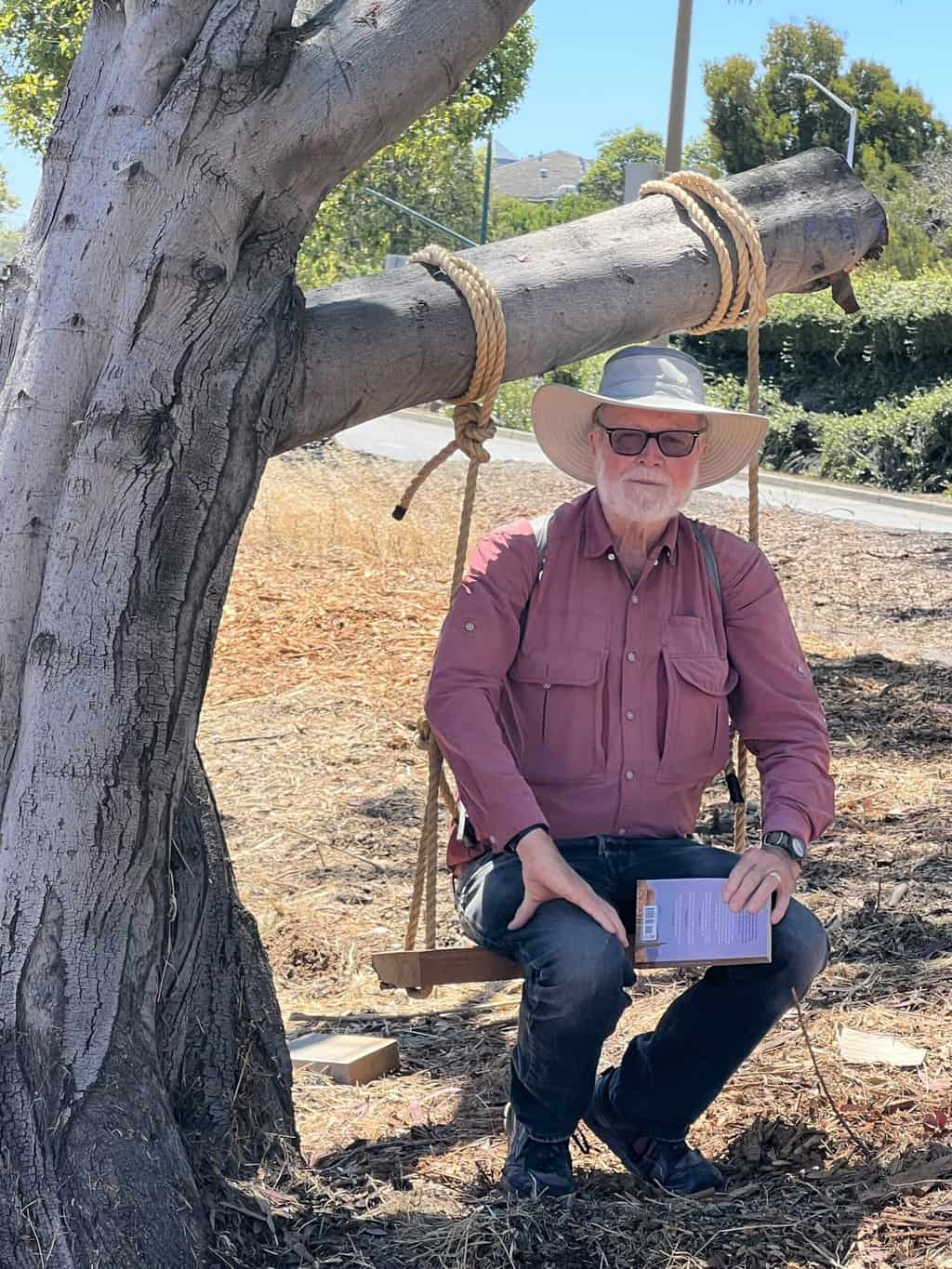
We plan to hike every street in Alameda, which is an island just across a short bridge from Oakland. (This endeavor is in addition to our renewed interest in circumnavigation the Bay Area Ridge Trail). Alameda offers easy walking—it’s totally flat and it’s residential. It does, however, mean that we are almost always walking on sidewalks, which is not easy on the feet. I contacted the city’s transportation planner, Chris G. Marks, and learned the City of Alameda has 276.5 miles of roads—so this project is going to take us a while.
All of us are familiar with Alameda to some degree, but there is a lot of new territory to explore because our earlier visits there have been to visit friends, or outdoor events, and so specific locations. Now we are discovering the personalities of various neighborhoods and we’re enjoying finding lots of yard art, stately Victorian houses, and talking with residents.
This is the second time that I have taken on walking on every street in a town—years ago, I walked every street in hilly Piedmont, California. It’s a great way to get to know the layout and personality of a place. So, something to consider if you are looking for a new challenge close to home!
_________________
Thank you everyone. Stay well, keep hiking when prudent. I encourage you to send in items of interest to the hiking community to me at backpack45 “at sign” yahoo.com
Susan ‘backpack45’ Alcorn
Shepherd Canyon Books, Oakland, CA
https://www.susandalcorn.com
https://www.backpack45.com
Author of Walk, Hike, Saunter: Seasoned Women Share Tales and Trails; Healing Miles: Gifts from the Caminos Norte and Primitivo; Patagonia Chronicle: On Foot in Torres del Paine; We’re in the Mountains Not over the Hill: Tales and Tips from Seasoned Women Backpackers; and Camino Chronicle: Walking to Santiago.
Please note: Hiking and backpacking can be risky endeavors. Always be prepared for emergencies and carry food, water, shelter (warm clothing, etc.), flashlight/headlamp, matches, first aid supplies, and maps. Cell phones don’t always work. Leave word where you are traveling and when you are due back.
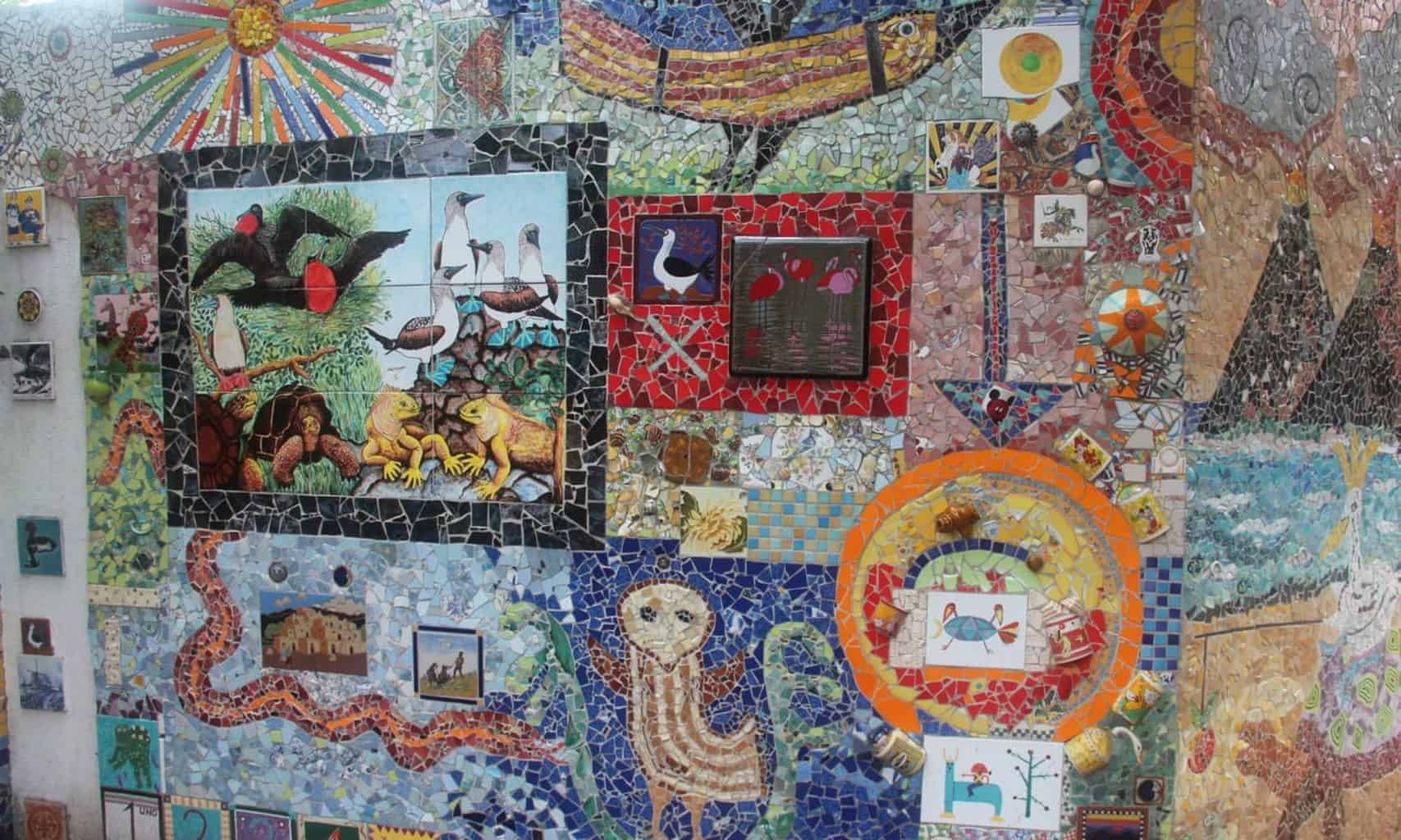
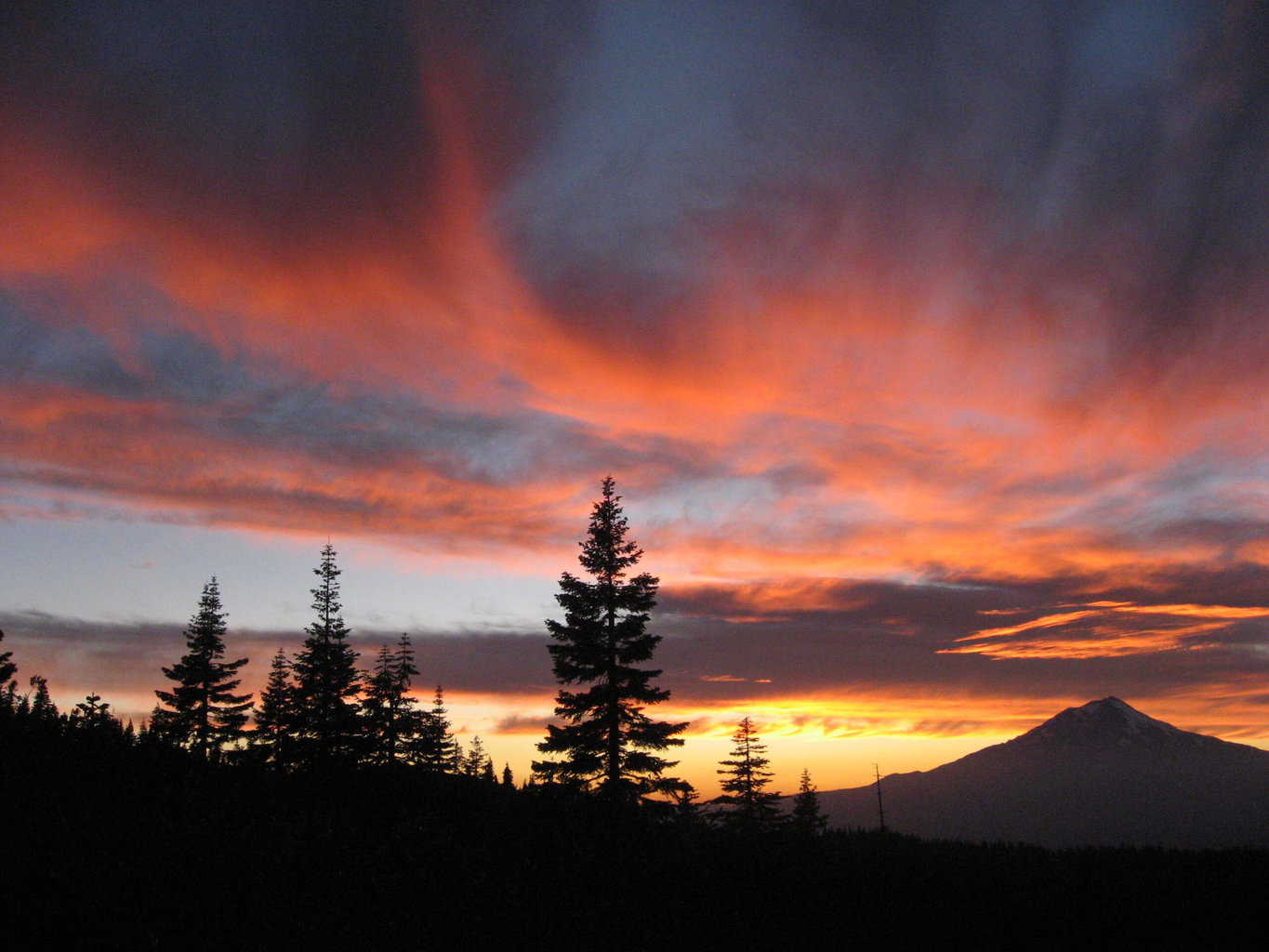
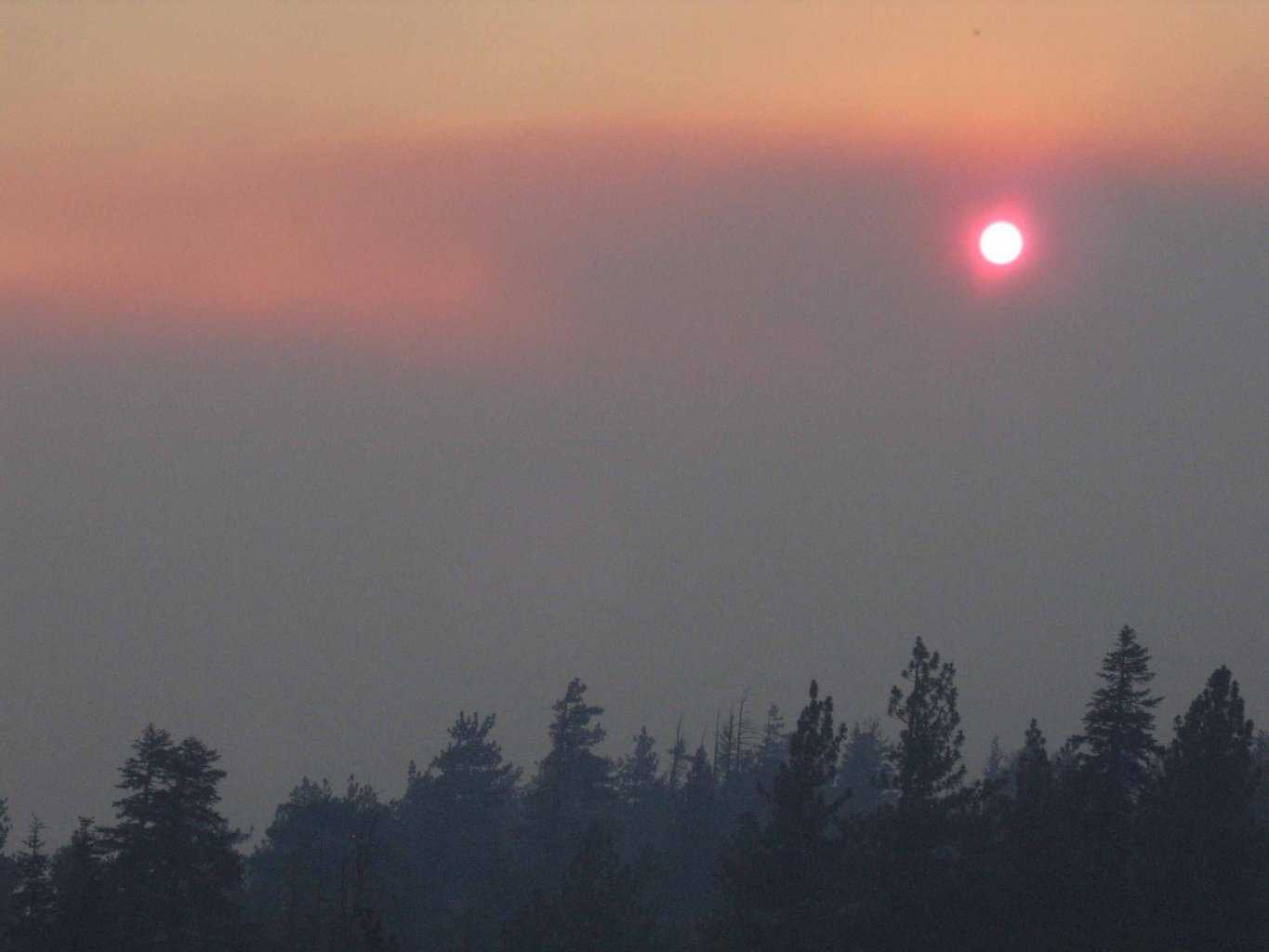

 Susan adds: Naomi was one of the women I featured in “Walk, Hike, Saunter: Seasoned Women Share Tales and Trails.”
Susan adds: Naomi was one of the women I featured in “Walk, Hike, Saunter: Seasoned Women Share Tales and Trails.” 
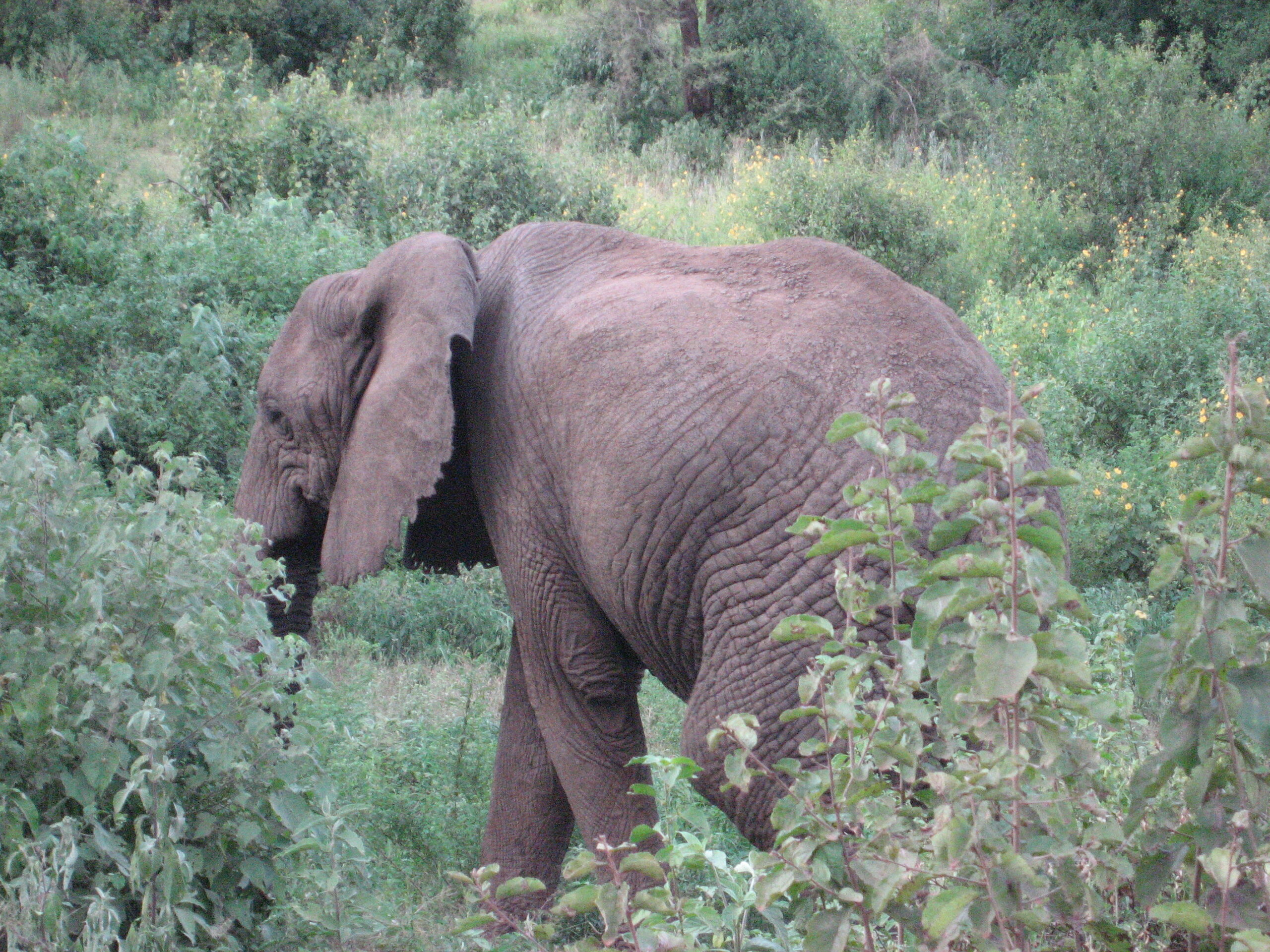 Susan Alcorn ©0169
Susan Alcorn ©0169 ;
;